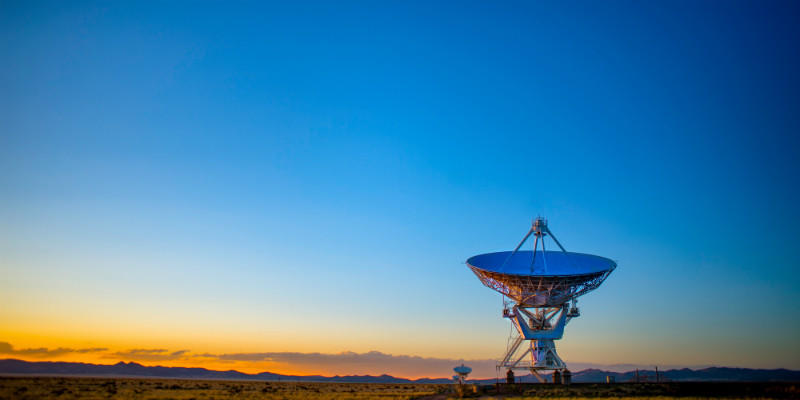The lightbulb signifies a great idea. We shout “Eureka” when a powerful new thought clarifies our vision. We celebrate epiphanies. The “aha” moment suggests that breakthroughs come suddenly and all at once. We celebrate this concept throughout business literature and culture.
However, as Steven Johnson shows us in his book, Where Good Ideas Come From: The Natural History of Innovation, the best ideas are typically iterative, take shape over periods of time, and typically occur in the realm of the “adjacent possible” (relying directly on previous knowledge). Innovative ideas often have long “incubation periods,” as Johnson calls them.
Instead of ideas popping like popcorn, they form more like a stew. Ingredients are mixed together, and the more you heat the stew and stir the pot, they form the possibility of what’s new. Without first having the ingredients, it would have been impossible to cook that particular stew.
The real secret of innovation is to CONNECT IDEAS. It’s in the cross-pollination of ideas that the new and previously unimagined emerge.
The Importance of Keystone Species
Robert T. Paine, a professor of zoology, conducted an experiment along a rocky shore in California, in which he removed the top predator species, starfish, from a section of the water. With the elimination of the starfish from the ecosystem, almost half of the other species gradually vanished, collapsing the entire ecosystem. Based on the research, Paine discovered that certain species, which he called “keystone species,” have a disproportionately larger effect on their environment than other species, regardless of their numbers.
From Keystone Species to Ecosystem Engineers
Keystone species are clearly critical to an ecosystem, but wait, there’s more.
Certain keystone species go beyond ecosystem maintenance, and break through to actually create habitats for other organisms, building platforms from which other species thrive. These special entities are known as “ecosystem engineers.” A good example of this is beavers, who transform forests into wetlands with their dams.
And it’s with this backdrop that ecosystem engineers exist in the realm of innovation, as well.
Think of GPS, the Global Positioning System, which was originally developed for military use. It is now the platform upon which countless innovations have been hatched and on which many location-based services have been launched.
GPS Was an Accident
In his book, Johnson tells the story of the evolution of GPS, which was accidentally developed by scientists at the Applied Physics Lab associated with John Hopkins University messing around with a microwave receiver.
When the Russians launched Sputnik on October 4, 1957, the scientists started chatting and asking if anyone had tried listening to the trajectory of the satellite through space. After a couple of hours of playing around with a microwave receiver, they started to pick up the signal at 20 MHz. They realized that what they were doing might be historic, and so they started to record the signal.
They noticed that the frequency of radio signals transmitted by the satellite increased as it approached the Earth and correspondingly decreased when it moved away, an occurrence known as the Doppler Effect. Through this understanding they were able to track the speed of the satellite, and therefore, its location. After three weeks or so, they were able to track Sputnik’s exact trajectory around the planet.
A couple of weeks later their boss asked them if it might be possible to do the opposite – using the position of satellites to track the exact position of something on Earth. They thought about it and then answered that it would actually be easier to track objects in that way. Their boss was relieved, as he was building nuclear submarines but wasn’t able to figure out how to ensure the accuracy of missile launches, as he couldn’t accurately track the location of the subs in the deep ocean.
This is how GPS was born.
Six satellites orbiting the planet in the 1960s were able to pinpoint the submarines’ location within minutes. In the early 1970s, the Department of Defense launched its first Navigation System with Timing and Ranging (NAVSTAR) satellite in 1978.
Later, President Reagan opened the platform, unleashing a wave of innovation and new businesses built on top of the platform. In other words, without the platform itself, these businesses never would have been concepted. Think of the navigation system in your car. Or the many location-based services on your smartphone. Or if you are a marketer, all of the geo-based marketing opportunities at your fingertips. Today, applications based on GPS technology include those in mining, aviation, surveying, agriculture, marine, and more.
It didn’t happen with a sudden “Eureka!” moment. Rather, all of these GPS-powered technologies were invented through an iterative process of different ideas leading to new ideas, and those leading to still newer ideas.
So, when brainstorming internally at your company, remember that innovation is not merely jumping in a conference room and having one brainstorming session. Rather, it’s the ongoing cultural platform that you create that fosters newer and newer ideas, that ultimately lead again to newer and newer ideas.
Where Good Ideas Come From
Steven Johnson’s TEDTalk is definitely worth a view. Although it’s several years old, I find myself watching it over and over again through the years.






